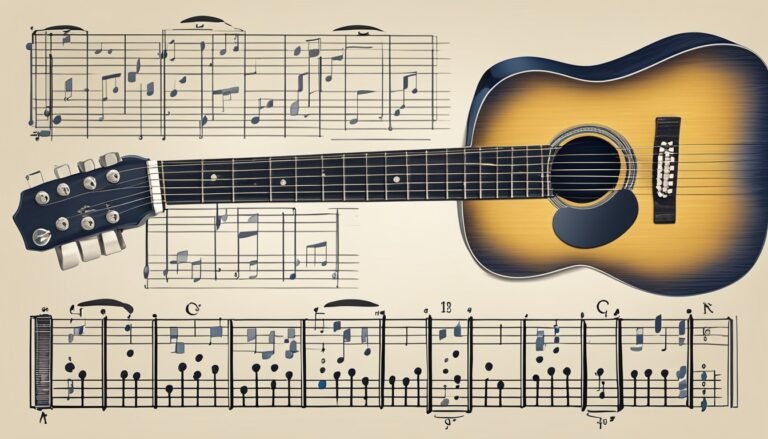
How to Read a Guitar Chord Chart: Your Simple Guide to Mastering Chords
Guitar chord charts visually represent finger positions on strings, aiding beginners in playing songs, improving skills, and expanding their chord repertoire effectively.

Guitar chord charts visually represent finger positions on strings, aiding beginners in playing songs, improving skills, and expanding their chord repertoire effectively.
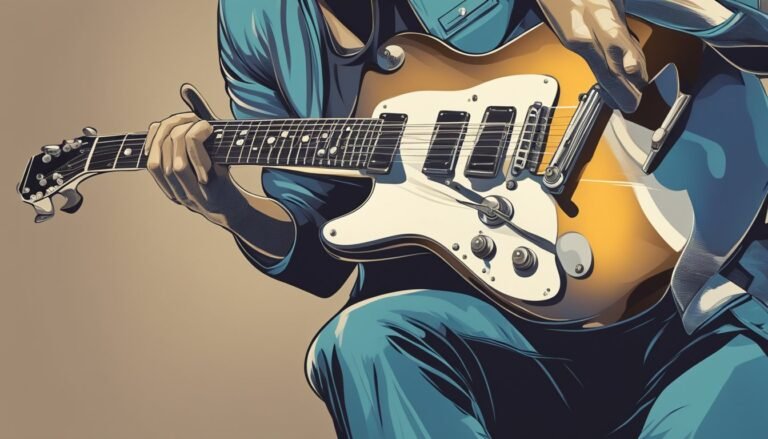
Blues guitar combines heartfelt expression with foundational chords and techniques, enabling players to channel emotions through music inspired by legends like Muddy Waters and B.B. King.

Fretless bass guitars lack metal frets, allowing for smoother note transitions and greater expressiveness, making them ideal for jazz, blues, and soulful music styles.

Playing Sweet Home Alabama on guitar requires mastering three chords: D, C, and G, along with a simple strumming pattern for a classic rock vibe.

Learning "Landslide" by Fleetwood Mac involves simple chords like C, G/B, Am7, and G, along with fingerpicking techniques to enhance performance and emotional expression.

Kirk Hammett, Metallica's lead guitarist, shapes heavy metal with ESP guitars, including signature models like KH-2 and the iconic 1959 Gibson Les Paul, "Greeny."
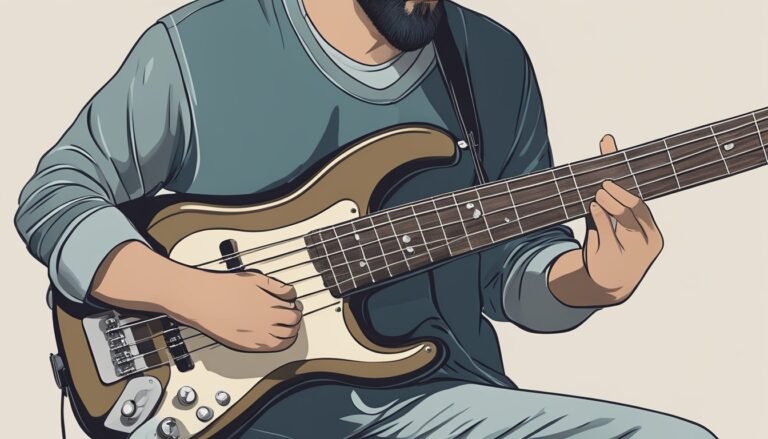
Learning bass guitar involves choosing the right instrument, mastering fundamentals, and developing practice habits. Comfort, sound quality, and proper technique are essential for effective playing.
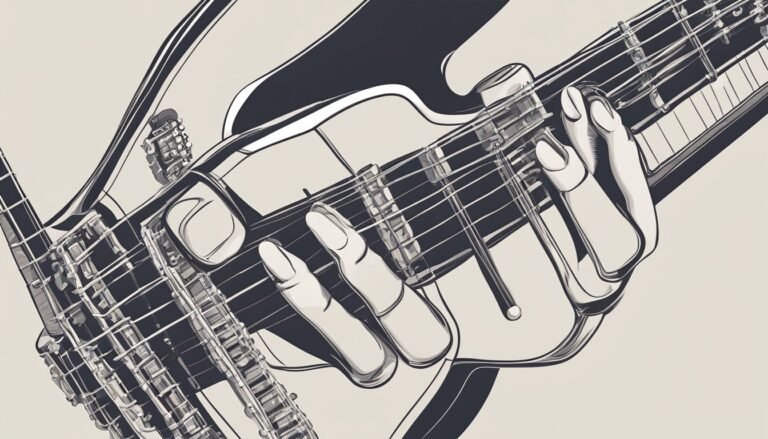
Learning guitar chords is essential for musicians, enabling them to play popular songs with basic finger placements, chord diagrams, and techniques for smooth transitions and advanced styles.
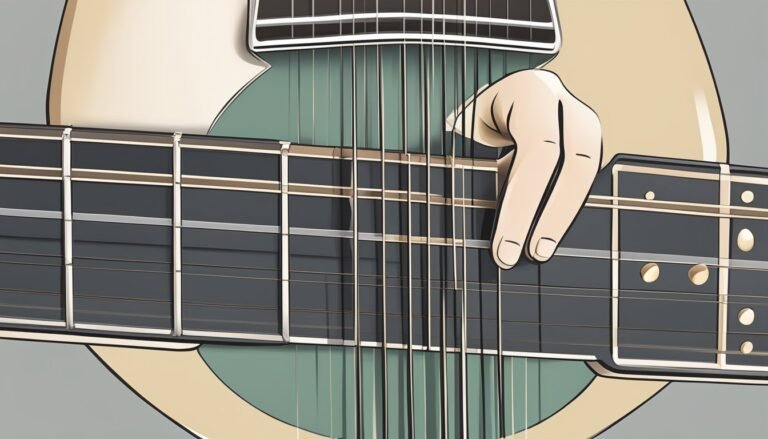
The E minor chord is essential for guitarists, offering a simple two-finger positioning and a rich sound, commonly used in various musical genres and chord progressions.

Learning guitar allows beginners to play basic songs in 3 to 6 months with regular practice, emphasizing the importance of a structured routine and goal setting.